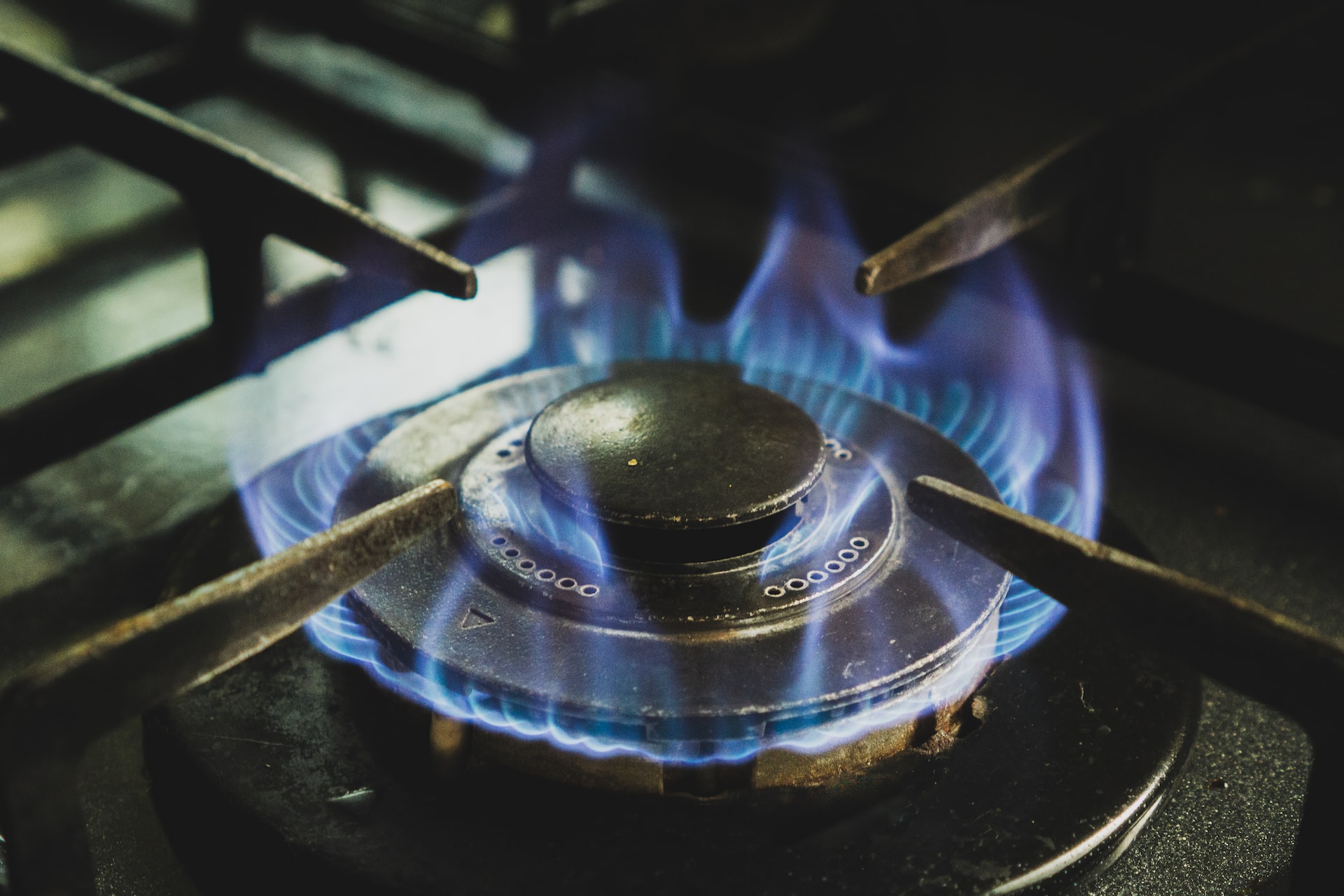New Studies Prompt US Consumer Product Safety Commission to Consider Banning Gas Stoves in New Homes
The U.S. Consumer Product Safety Commission (“CPSC”) is currently considering banning gas stoves in the United States.[1] One commissioner tweeted how “gas stoves can emit dangerous [levels] of toxic chemicals—even when not in use—and [CPSC] will consider all approaches to regulation.”[2] A ban from the CPSC would only affect new products and homes, requiring all new homes to have either electric stoves or high efficiency exhaust vents.[3] Currently, if an individual is looking to switch from gas to electric, the Inflation Reduction Act includes rebates for those individuals to either purchase a new electric stove or covert from gas to electric.[4]
Various Studies Show Gas Stove Usage Results in Increased Indoor Pollutants Linked to Childhood Asthma
Many studies show the impact of indoor and outdoor air pollution through the use of gas stoves. One environmental epidemiologist showed that after half an hour of the oven at 375°F and one stove burning, the amount of NO2 inside of the house was double the recommended guidelines for nitrogen dioxide as established by the World Health Organization.[5] This poor air quality is strongly linked to childhood asthma. One study found that “more than 12% of current childhood asthma cases in the U.S. can be attributed to gas stove use.”[6] Where another study finds that this risk is as high as children who are exposed to secondhand smoke.[7]
Moreover, the type of pollutants in the air is not limited to nitrogen dioxide, but that gas stoves also contribute carbon monoxide and formaldehyde into the air.[8] In addition to the pollutants emitted while turned on, one study showed that gas stoves emit “levels of methane gas and benzene even when not running.”[9] Another study estimates “that the methane leaking from natural gas stoves is equal to the emissions by half-a-million gasoline-powered cars every year.”[10]
Ventilating kitchens is an effective way to improve indoor air quality by transporting the pollutants to the outdoor where it can disperse instead of creating “unhealthy air at higher concentrations in confined spaces.”[11] But the use and benefits of indoor ventilation comes at a cost to outdoor air quality, by contributing more pollutants to the outdoors, “[b]oth methane and nitrogen dioxide contribute to air pollution by forming ground-level ozone and smog” where methane is “a major greenhouse gas and worsens climate change.”[12] One study from Stanford tested gas stoves in 53 homes which showed that 76% of the home’s total methane gas emission came from leaking stoves, regardless of the age or price of the gas stove.[13] The EPA notes that 13% of the total U.S. Greenhouse Gas Emissions come from “Commercial and Residential” uses which includes “fuel combustion for heating and cooking needs.”[14]
For Electric Stoves to be Truly Clean We Need a Faster Transition to Renewables
It is unclear whether electric stoves are the most environmentally preferred type of stove. It typically depends on where the energy is coming from. Specifically, natural gas stoves typically emit less air pollutants than other fossil fuels like coal and oil which a lot of electricity still relies on.[15] Additionally, it takes longer to heat up an electric stove, using more energy, and it may be less efficient for heat transfer, losing energy.[16] Electric stoves are clearly the better option for indoor air quality, but when it comes to outdoor quality more opportunities for renewable resources may be necessary to be as “clean” as gas stoves.
[1] Nik Popli, What the Potential Ban on Gas Stoves Means if You Have One, Time (Jan. 10, 2023, 6:44PM) https://time.com/6246316/gas-stove-potential-ban-impacts/.
[2] Id.
[3] Id.
[4] Id.
[5] Jeff Brady, We Need to Talk about Your Gas Stove, Your Health and Climate Change, NPR (Oct. 7, 2021, 5:02AM) https://www.npr.org/2021/10/07/1015460605/gas-stove-emissions-climate-change-health-effects.
[6] Supra note 1.
[7] Id.
[9] Supra note 1.
[10] Id.
[11] Wynne Armand, Have a Gas Stove? How to Reduce Pollution that May Harm Health, Harvard Health Publishing (Sep. 7, 2022) https://www.health.harvard.edu/blog/have-a-gas-stove-how-to-reduce-pollution-that-may-harm-health-202209072811.
[12] Id.
[13] Id.
[14] Sources of Greenhouse Gas Emissions, EPA, https://www.epa.gov/ghgemissions/sources-greenhouse-gas-emissions
[15] Cristen Conger, Which is Greener, Gas or Electric Cooking?, HowStuffWorks, https://home.howstuffworks.com/gas-vs-electric-cooking.htm.
[16] Leigh Matthews, Which is the More Energy Efficient Stovetop – Gas, Electric, or Induction?, LeafScore (Feb. 14, 2023) https://www.leafscore.com/eco-friendly-kitchen-products/which-is-more-energy-efficient-gas-electric-or-induction/.


